

Unlock the secrets to perfect cast iron care with this expert guide, featuring essential tips on seasoning, cleaning, and maintenance.
Welcome to the essential guide to cast iron care, taught by professional chef and culinary instructor, Frank Proto. In this comprehensive manual, you will learn the art of maintaining your cast iron cookware to ensure its longevity and optimal performance. Cast iron is beloved by chefs for its exceptional heat retention and versatility—it can go from stovetop to oven to campfire, making it a kitchen staple. Not only is it a robust cooking tool, but its rustic charm also makes it an attractive serving dish. However, proper care is essential to prevent rust and maintain its non-stick qualities. Let's dive into the step-by-step process of seasoning, cleaning, and storing your cast iron cookware.
To create a non-stick surface through a process called polymerization, where oil is baked into the pan at high temperatures, forming a slick, solid coating.
Stripping Down to Bare Metal:
If your pan is rusted, use a chainmail scrubber to scrape down to the metal. Alternatively, kosher salt with a kitchen towel can be used for a gentler abrasive action to remove rust and debris without scratching the pan.
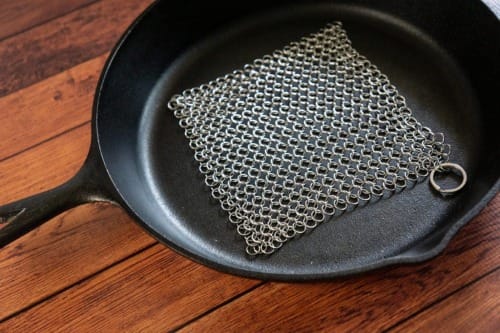
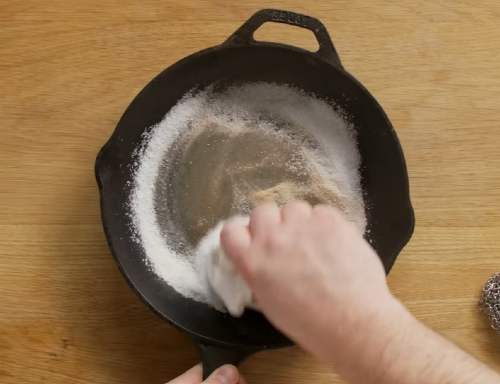
Cleaning Post-Scrubbing:
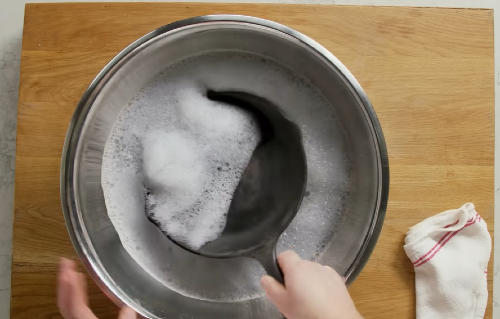
Applying the Seasoning:
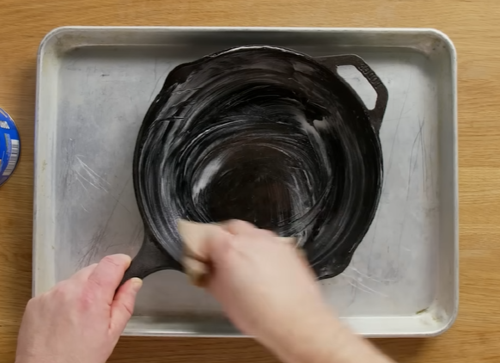
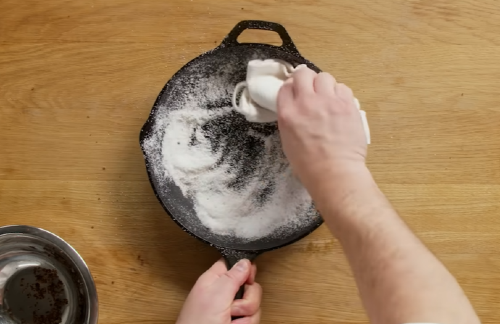
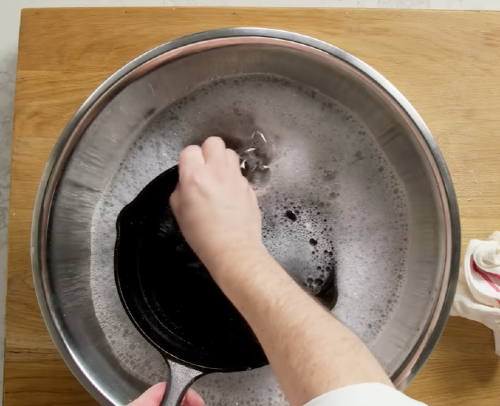
Light Coating of Fat:
After cleaning and drying, apply a light coating of fat to the cooking surface to preserve seasoning and protect against rust.
Cooling in the Oven:
Place the pan in a warm oven and allow both to cool down together. This is also a good storage method.
By following these detailed instructions, you can keep your cast iron cookware in prime condition for years to come. Whether you're frying, baking, your cast iron is an invaluable ally in the kitchen.